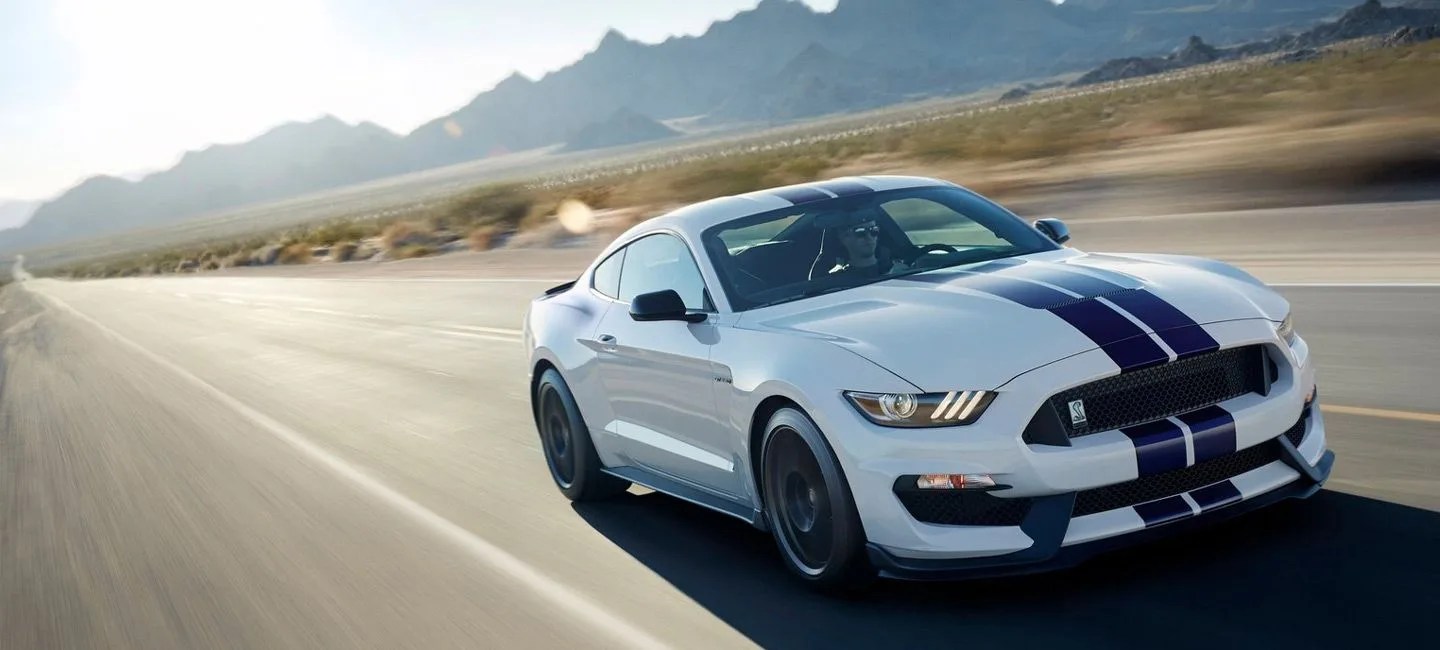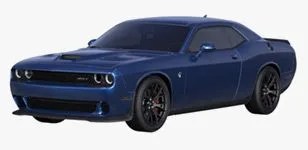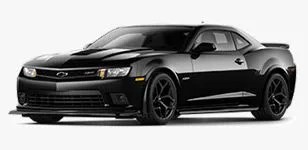Muscle cars from the ’50s, ’60s and ’70s aren’t much different from bodybuilders. They take big, high-horsepower V8 engines and cram them into light-bodied two-door cars — the automotive equivalent of massive bulk smushed into a Speedo. Muscle cars were about big engines and straight-line speed — they could bench press bank vaults, but were slow on the obstacle course. But while agility and refinement were never quite in the muscle car’s wheelhouse back in the mid-20th century, today, the way muscle cars are made is changing. American automakers have turned muscle cars from hulking beasts into hulking track razors. Rather than the one-dimensional cars of yore, they can now go mano a mano with some of the best exotic sports cars in the world when it comes to handling and, of course, acceleration.
Muscle cars started out as reasonably affordable cars that possessed the ability to take on upgrades to make them fast and more planted. The first muscle car was the 1949 Oldsmobile Rocket 88 — essentially a passenger car crammed with a fat V8 engine. This differed from the pony cars of the era, like the 1964 Ford Mustang, the first pony car and a car that worked more like a young man’s sports coupe than a potent V8 beast. Muscle cars focused on power and straight-line speed; pony cars were American-made two-door cars with four-passenger capacity, a long hood, shortened rear deck lid, and an open-style, largely vertical grille. There was a separation between the two, although they shared some common characteristics. Both were quick, but the muscle car had a more brutish reputation. The muscle car tended have a longer rear deck and front and rear overhangs — think a 1970 Plymouth Barracuda (pony) versus a 1966 Pontiac GTO (muscle).
New vs. Old Muscle
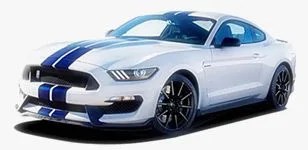
2016 Ford Mustang Shelby GT350
5.2L V8
HP: 500+
Torque: 400+ lb-ft.
0-60: 4.0 sec
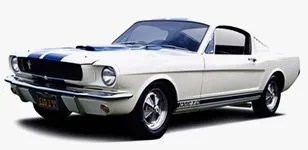
1965 Ford Mustang Shelby GT350
4.7L V8
HP: 306
Torque: 329 lb-ft.
0-60: 6.6 sec
